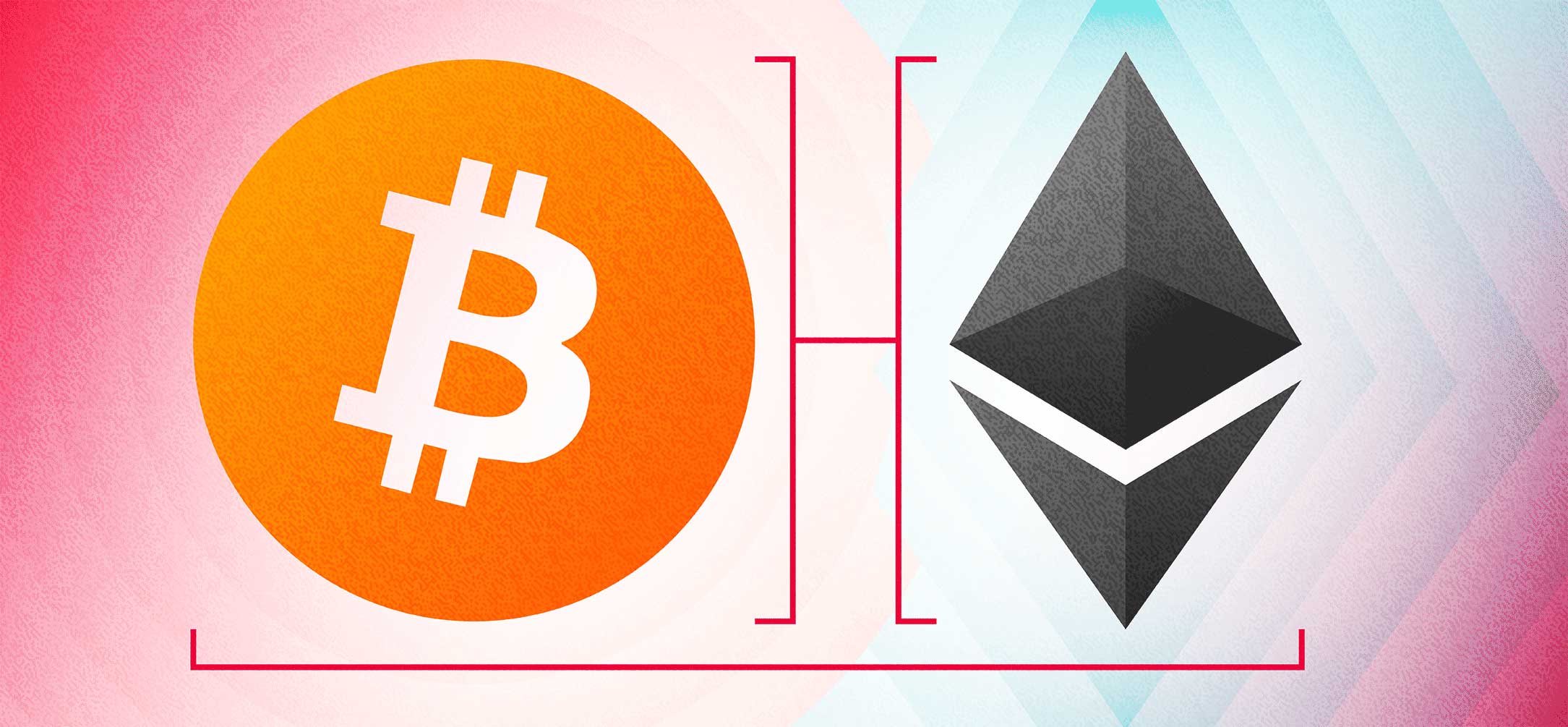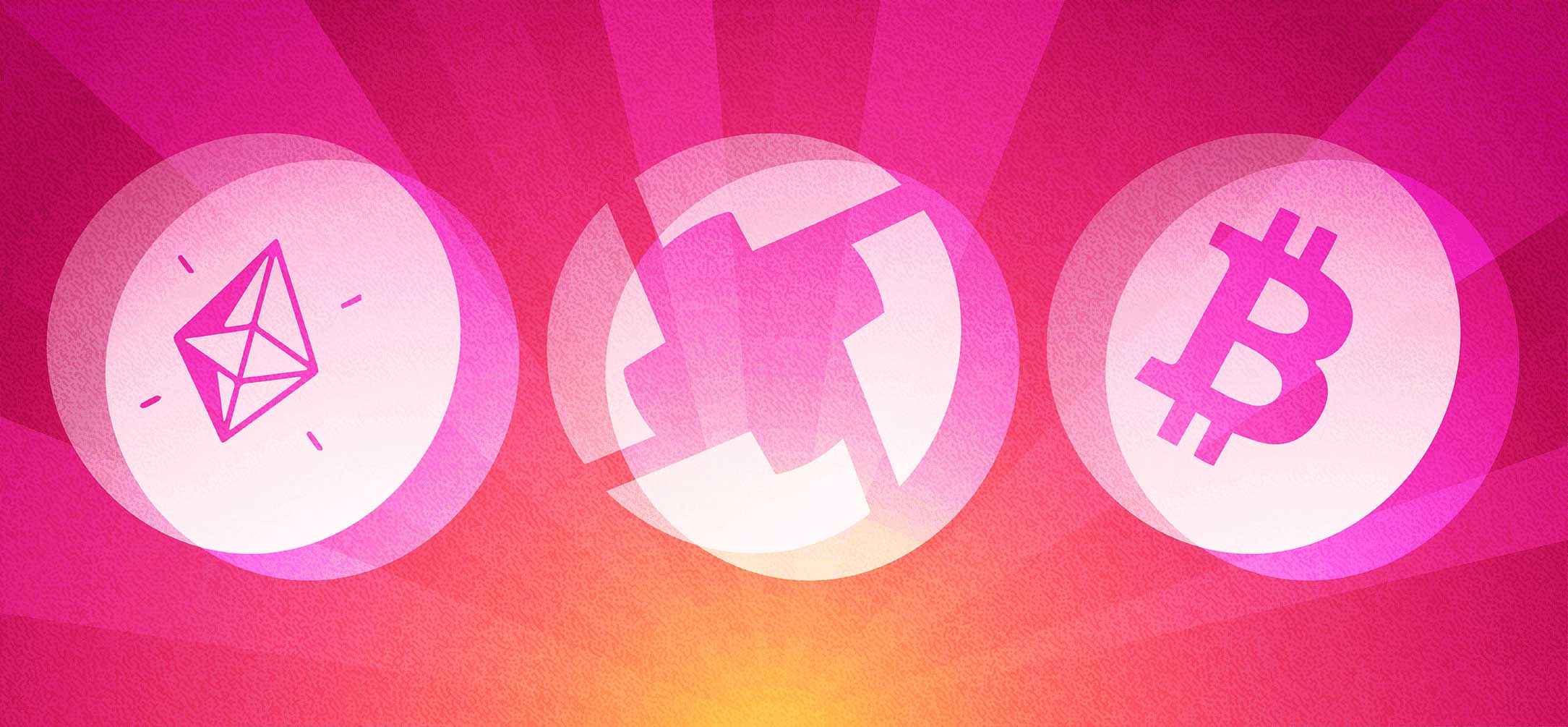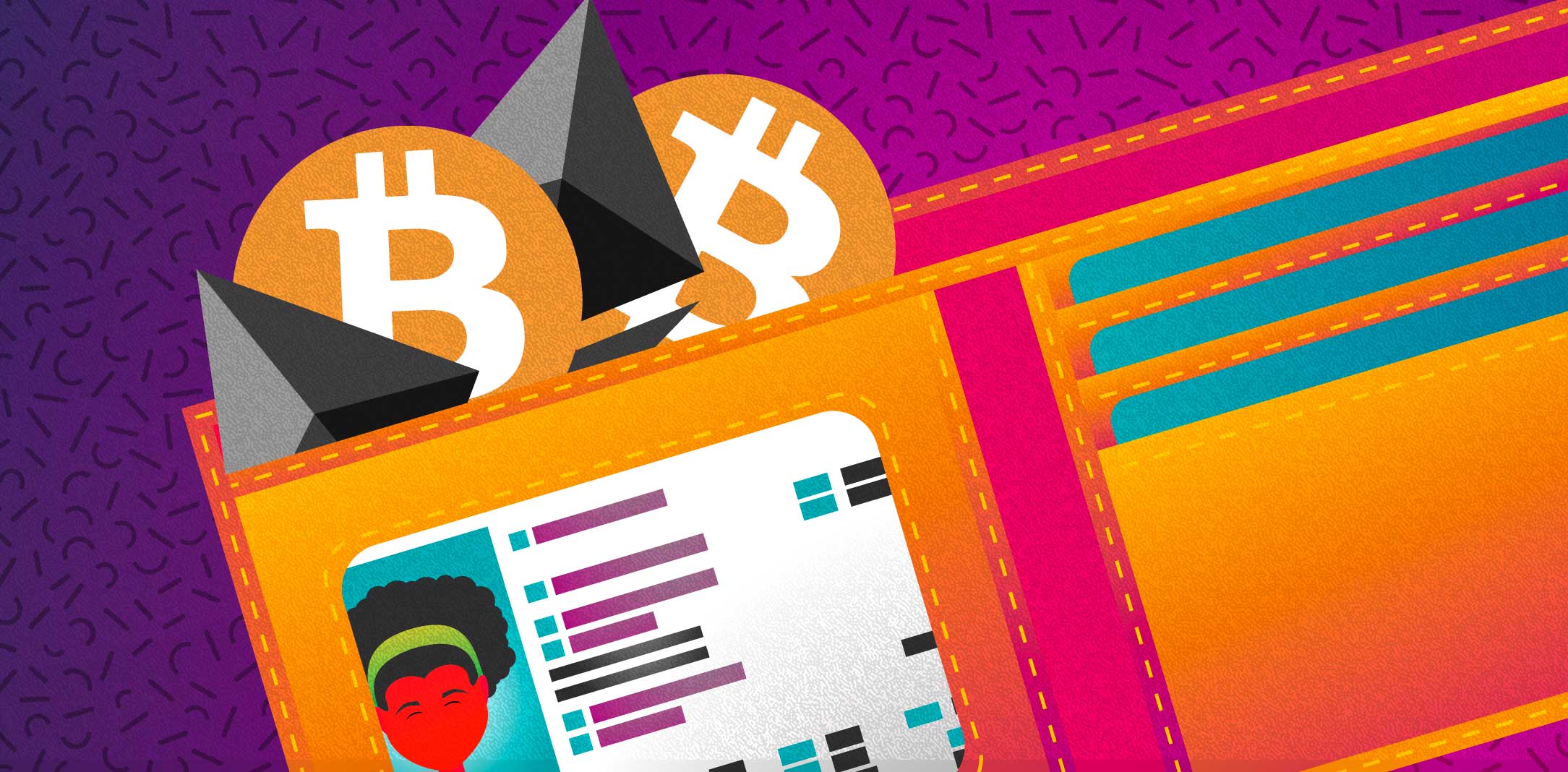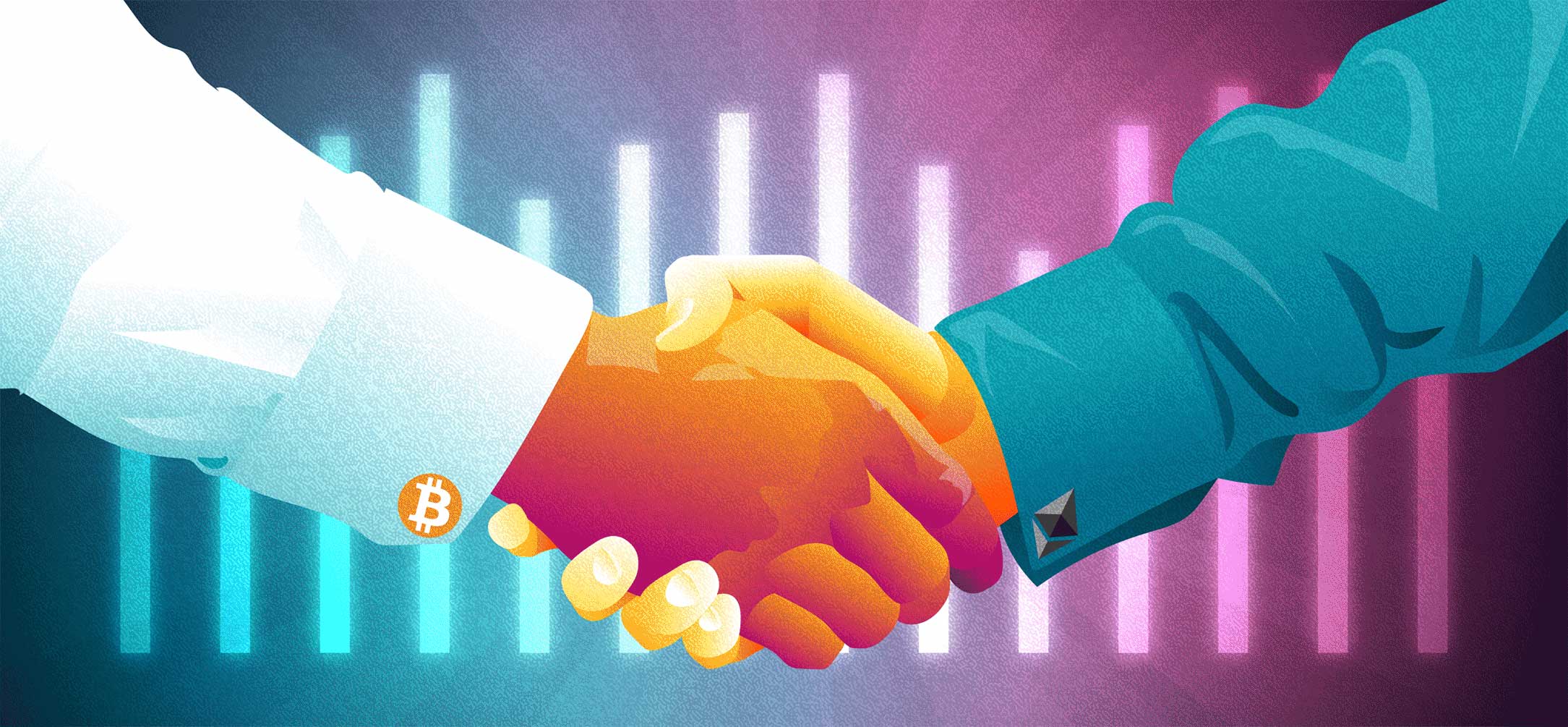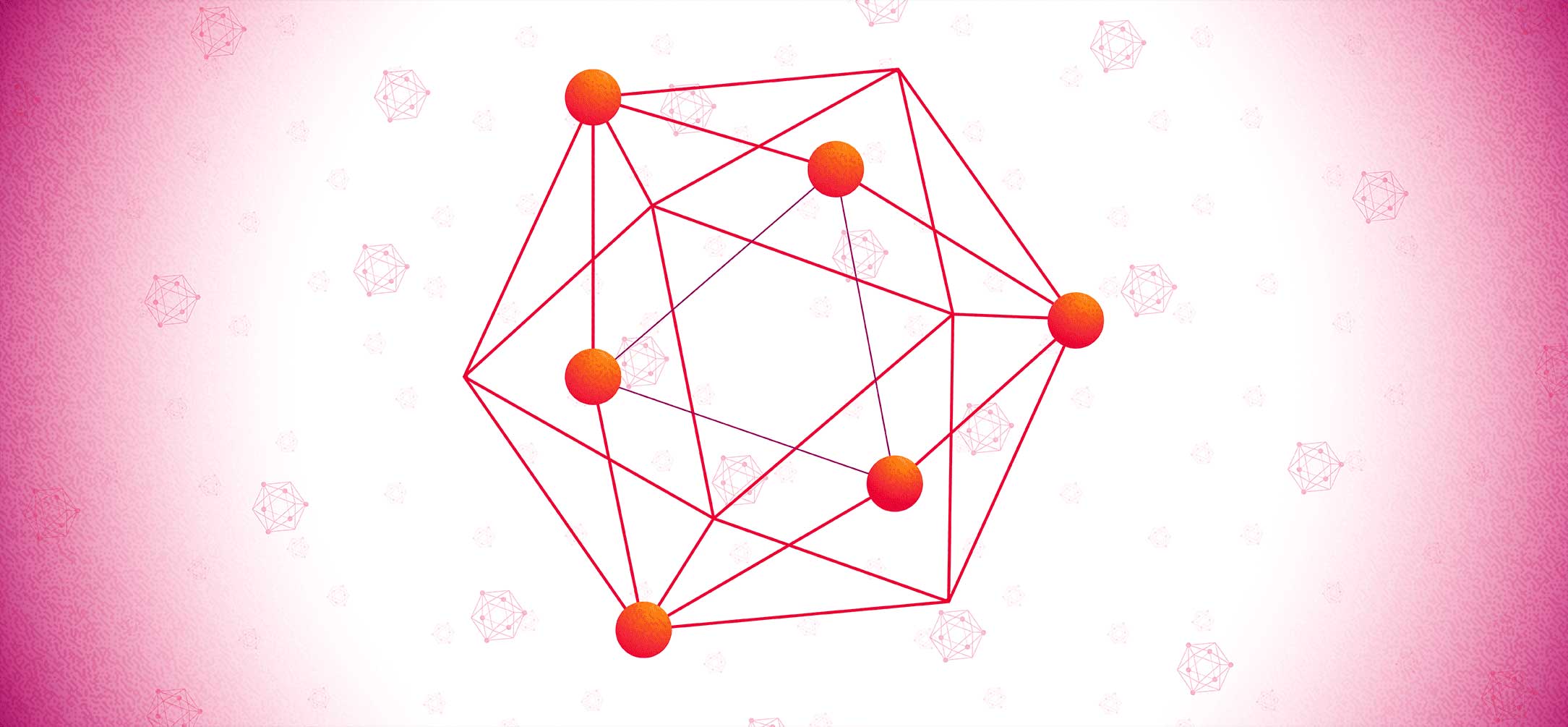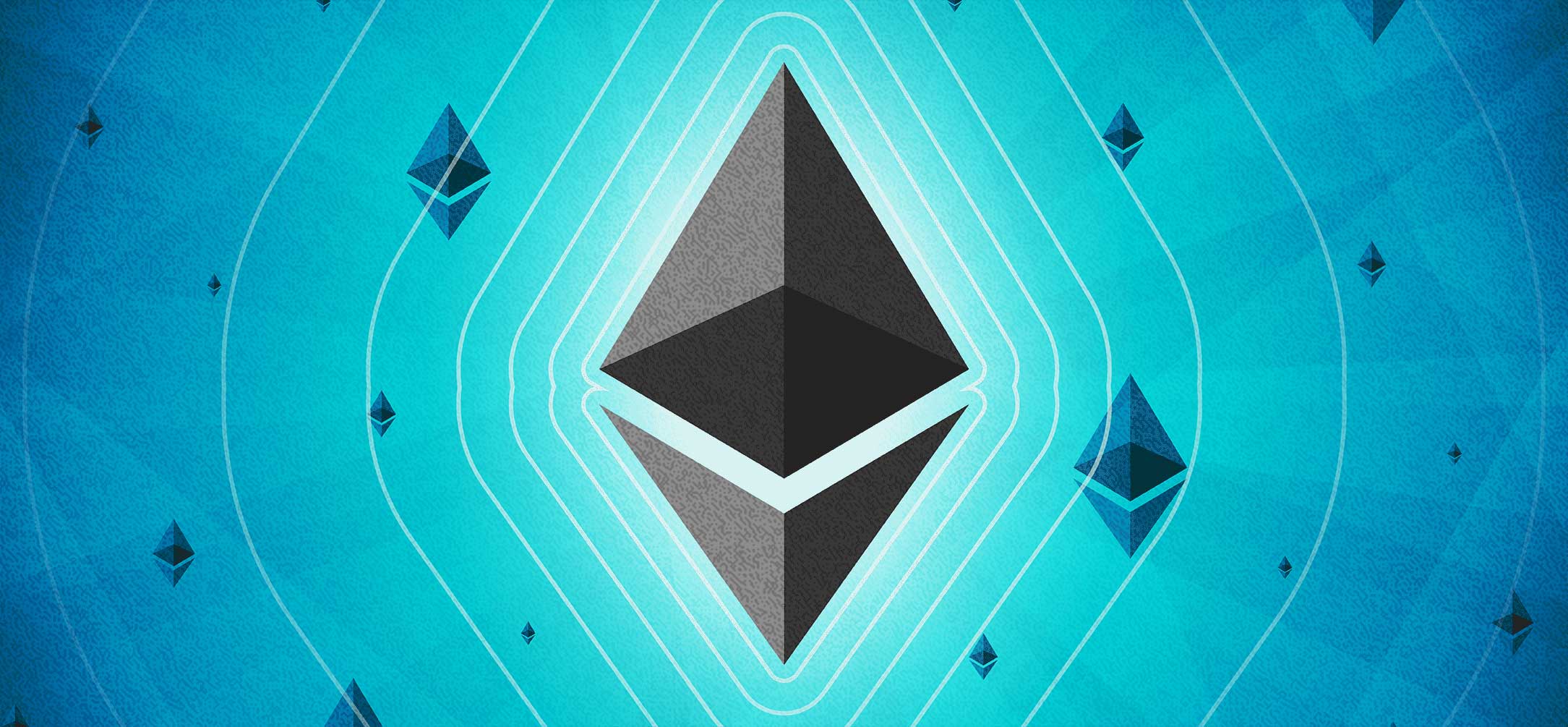Blockchain vs Cryptocurrency
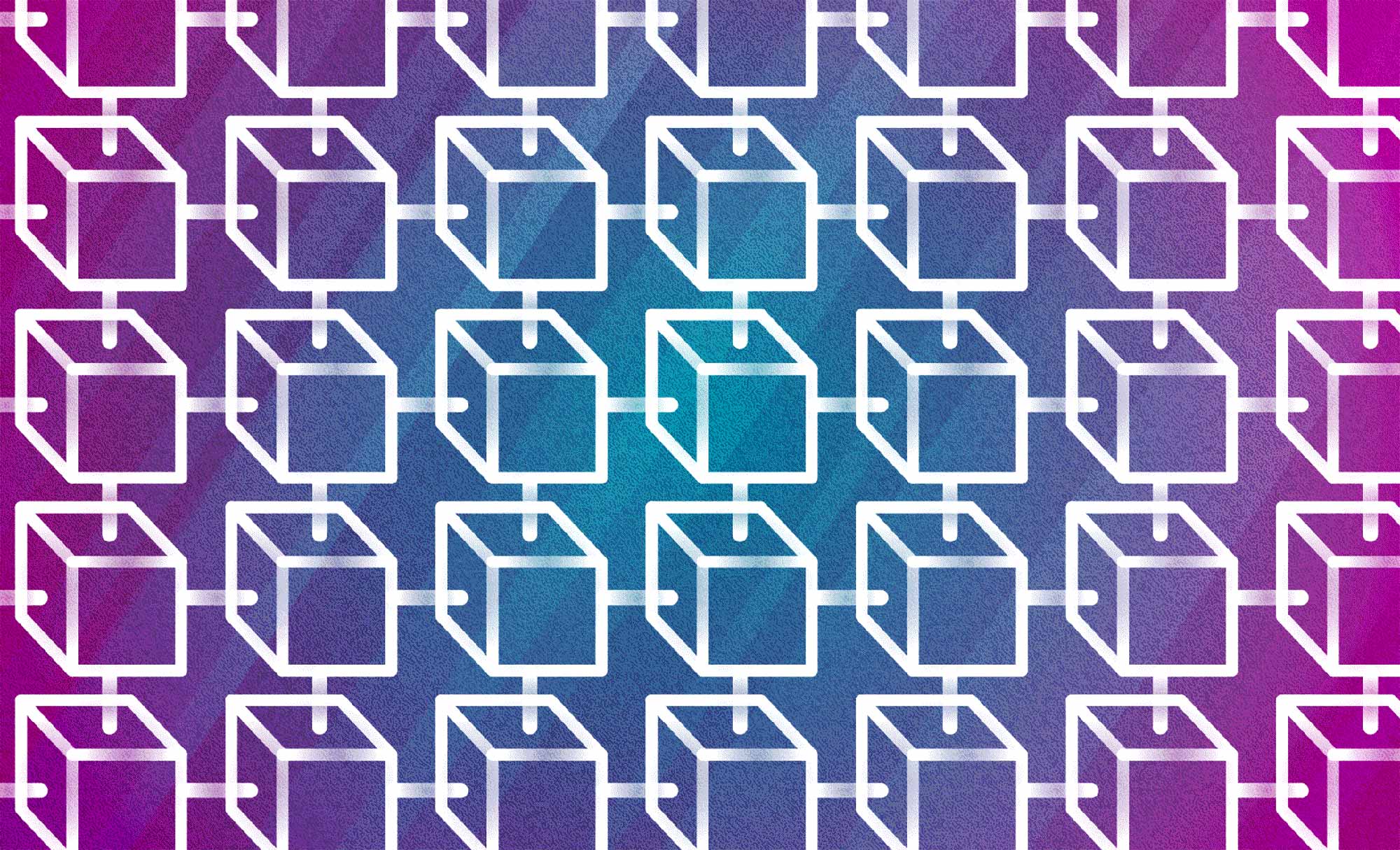
What is a Blockchain?
Blockchains are distributed ledgers that are secured by cryptography. They are essentially public databases where everyone can add to or view the database at any time. Instead of the data residing on a single centralized server, the data is copied across thousands and thousands of computers worldwide, allowing each computer access to this database. Transactions are compiled into data-holding vehicles known as “blocks”. The consecutive string of every block ever executed makes up a blockchain: a distributed database of chronologically ordered transactions.
What is Cryptocurrency?
A cryptocurrency is a digital store of value with the primary use of buying and selling goods, services, or property. Popular examples include bitcoin and litecoin. These digital currencies are cryptographically secured against counterfeit and often are not issued or controlled by any centralized authority. Instead, the governance of the network is left up to the participants. Cryptocurrencies can be referred to as tokens or coins.
What's the Difference?
Blockchains can enable decentralized platforms which require a cryptocurrency. The blockchain is the technology that serves as the distributed ledger and allows a network to maintain consensus. Distributed consensus enables the network to track transactions, and enables the transfer of value and information.
Cryptocurrencies are the tokens used within these networks to send value and pay for these transactions, or to provide network incentives. Furthermore, you can see them as a tool on the blockchain, in some cases serving as a resource or utility, or even to digitize the ownership of an asset.
Learn More
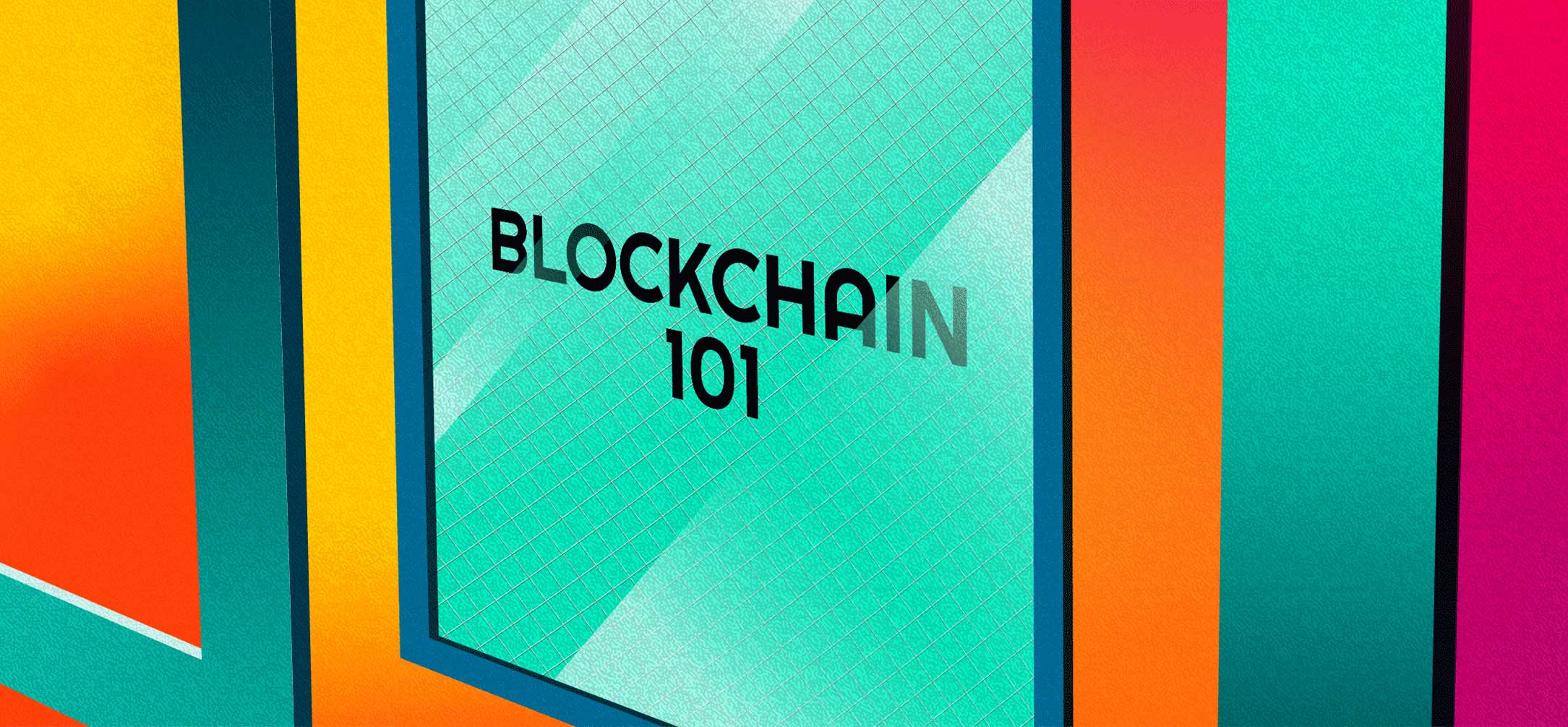
For more information on this topic please visit our Blockchain 101 course.
